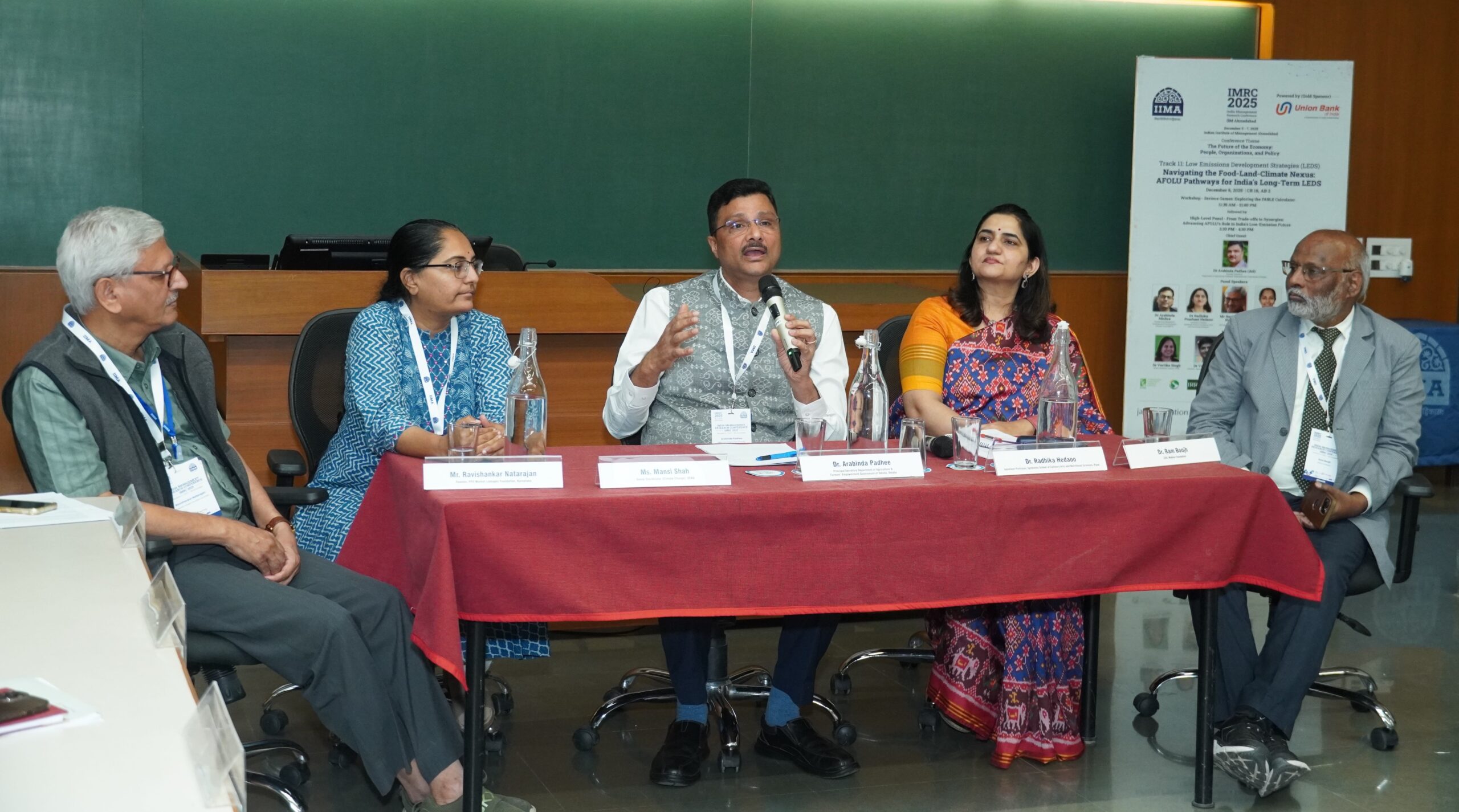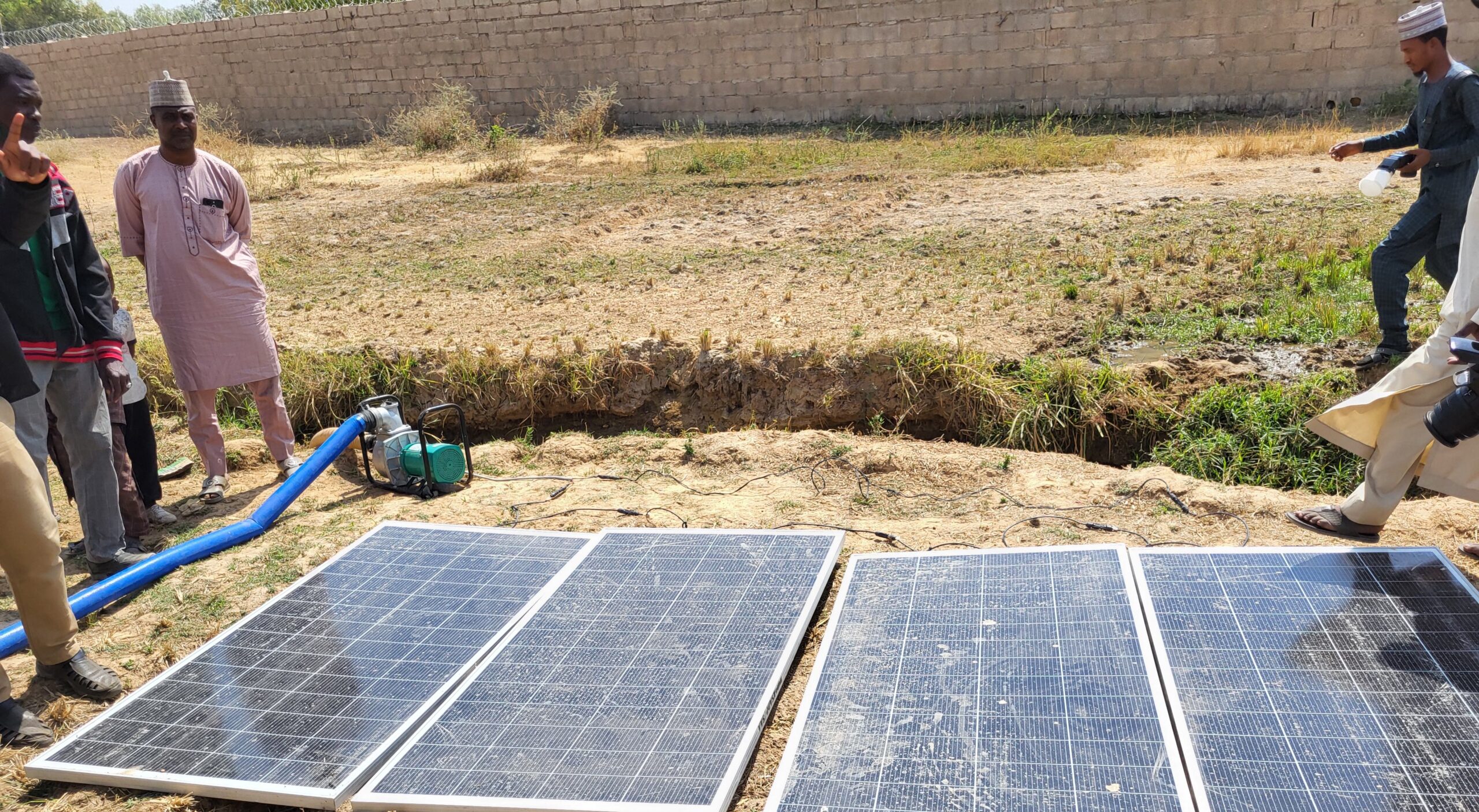Malawi has one of the fastest-growing populations in the world, estimated at 18.3 million in mid-2017 (a four-fold increase in 50 years), and projected to reach 43.2 million by 2050. Meanwhile, Malawi’s teens and young adults are becoming more educated following the start of the country’s free primary education program in 1994— an overall increase of 1.2 school years from 1998-2008. Young women in particular are making gains in this area. These trends indicate that more and more Malawians, especially young, educated ones, will be seeking sustainable livelihoods and brighter futures for themselves and their families in coming years. How will the national economy support this growing need?
A chapter in a forthcoming peer-reviewed IFPRI book (still untitled, due in 2018) examining youth and employment worldwide looks at the case of Malawi from 2004 to 2013. Researchers Todd Benson, Alvina Erman, and Bob Baulch studied the factors impacting youth employment choices, the possible shift of labor from agriculture to other sectors, and whether youth in Malawi are entering the labor force differently from past generations.
What role does agriculture play in the structure of future employment in Malawi?
Malawi is among the 15 most agriculture-dependent countries in the world. In 2013, 87 percent of those of working age who were employed were working in agriculture. However, intensifying forces are pushing workers out of agriculture. Overall, farms are declining in size, making it harder to sustain a livelihood over the long term. Research shows that these trends will continue as the country’s population grows. At the same time, other factors are pulling people into non-farm sectors, including the economy’s continued, modest growth; expanding employment in the services sector; increased educational attainment; and regional labor migration, especially to South Africa.
IFPRI’s study examined how Malawi’s social, demographic, and economic context affected employment choices, particularly for youth. The authors analyzed data on individuals of working age (15 to 64 years) from the Malawi Integrated Household Surveys (IHS). Data were disaggregated by age: Younger youth (aged 15 to 24), older youth (25 to 34), and non-youth (35 to 64); by rural or urban residency; and by sex. If an individual was employed, then the sector of employment– agriculture, industry, or services – was examined. If an individual was not economically active, then whether the individual was a student was considered. (See below.)
Size of Malawi Employment Categories by Age Cohort, 2013
IFPRI (Analysis by authors of 2013 Malawi Integrated Household Panel Survey. Weighted analysis.)
Below are some key findings from the study:
- Younger youth are remaining in school for longer, thus delaying their entry into employment. If employed, most younger youth work on-farm.
- Older youth aged 30 to 35 years are more likely than younger youth to be employed in non-farm activities, although most still work in agriculture. Those over 35 years of age are the most likely to have non-farm jobs.
- Males dominate employment outside of agriculture.
- Greater educational attainment results in a higher probability of working outside of agriculture in formal, wage-based employment, although these opportunities are rare.
- There is a strong association between household wealth and engagement in non-farm employment.
- Larger landholdings are associated with a lower propensity to be in non-farm employment. This suggests that farming remains a viable livelihood choice for those with sufficient land.
- Declining landholding size, particularly for older youth and non-youth, is a significant push factor, propelling them to seek off-farm employment.
- A strong inverse association exists between the distance to Malawi’s largest urban centers and whether an individual engaged in any non-farm employment. Living near cities typically offers more non-farm employment opportunities.
- Individuals in shock-prone communities are more likely to engage in some non-farm employment.
These trends, while important, have not fundamentally altered agriculture’s central role in Malawi’s economy. Overall, there was no strong evidence that a process of structural change in employment is taking place, or that youth are at the forefront of such changes. Agriculture remains, by far, the primary entry-point into work and continues to dominate the overall employment. Working in non-farm sectors still is rare and more commonly occurs later in life, after workers have built the financial capital, experience, and social networks needed to succeed outside of agriculture.
Policy recommendations to guide action and investment
There will be more youth entering the job market in Malawi than ever before—the National Statistical Office projected that in 2017, just under 700,000 babies would be born, and the country’s population would grow by about 550,000 persons net. Eventually those babies will need jobs, and current land resources and farm productivity levels cannot sustain this growing need. So what can be done? Here are some of the authors’ recommendations:
- Maintain or expand investments in education. Research indicates good returns, both socially and individually, to investments in educating youth.
- Agriculture alone cannot provide all the jobs that are needed, so invest elsewhere. Government and partners should make public investments to foster continued growth in the services and industrial sectors. Doing so will pull people out of the agricultural sector, growing and diversifying Malawi’s economy. Non-farm job opportunities will be based in Malawi’s cities and will require reliable power and links to global markets. Thus, the Government should continue efforts to upgrade energy, transport, and communications infrastructure, and significantly increase investments in urban development.
- Invest in agriculture, which will remain at the core of Malawi’s economy. Continue to invest in increasing agricultural productivity. Emphasize value-addition activities for agriculture products with the most economic and commercial potential. Strengthen linkages between agriculture and other employment sectors, such as industry and services, as their growth will depend on a vibrant agricultural sector.
The draft book chapter is available here.
Kimberly Keeton is a Communications Specialist with IFPRI’s Malawi Strategy Support Program. This post first appeared on the MaSSP blog.







